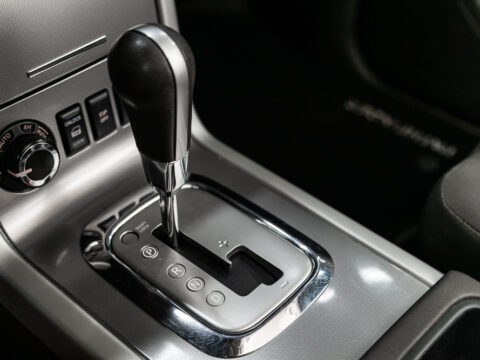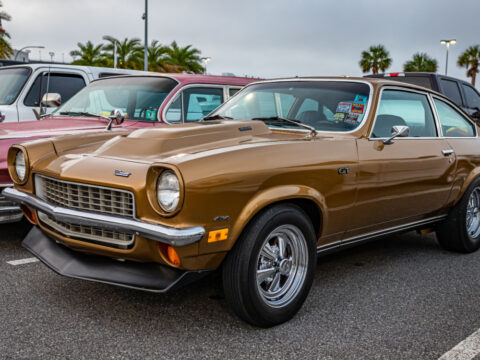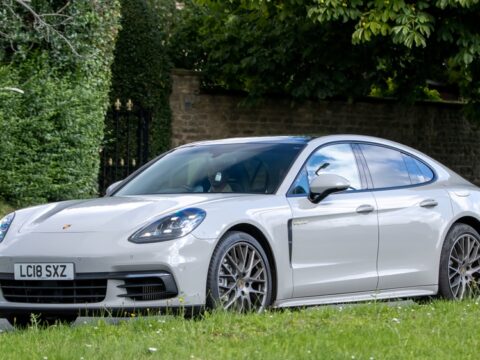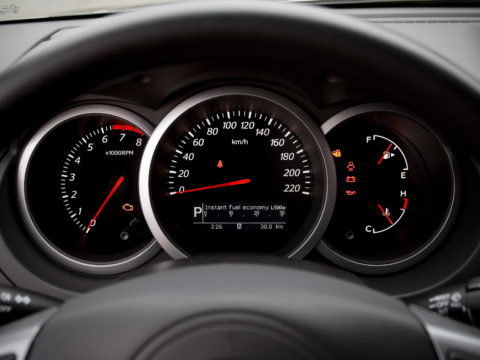Collecting vintage motorcycles can be a thrilling and rewarding hobby, offering the chance to own pieces of history that carry both aesthetic and sentimental value. However, the allure of these classic machines often comes with hidden costs that many enthusiasts overlook when they first begin. Beyond the initial purchase, there are several financial factors to consider that can significantly affect your overall budget. From restoration to maintenance, keeping these timeless motorcycles in top condition demands ongoing attention and investment.
In addition to upkeep, there are logistical expenses that can catch collectors by surprise. Things like storage, transportation, and insurance can quickly add up, especially if you’re building a larger collection or attending shows. Vintage motorcycles, while often viewed as an investment, also come with risks like depreciation and unpredictable market trends. For any serious collector, being aware of these hidden costs is crucial for enjoying the hobby without financial stress.
Contents
Storage

One of the most overlooked costs of collecting vintage motorcycles is proper storage. Unlike modern motorcycles, vintage models often require a controlled environment to prevent rust, corrosion, and deterioration. If you’re unable to store the bikes in your home or garage, you may need to rent a secure facility. The cost of storage can vary depending on location and the conditions necessary to preserve your collection, but climate-controlled units are usually more expensive. Proper storage ensures your investment stays in top shape, but this added expense is something to plan for early.
Maintenance

Maintenance is an ongoing and essential part of owning vintage motorcycles. Older bikes are more prone to wear and tear, and sourcing original or replica parts can be both time-consuming and expensive. Whether it’s routine oil changes, replacing worn-out parts, or performing regular tune-ups, the cost can quickly add up. Specialized mechanics who understand the nuances of vintage models are often required, and their expertise comes at a premium. Factoring in the high frequency and cost of maintenance is crucial when budgeting for a vintage motorcycle collection.
Restoration
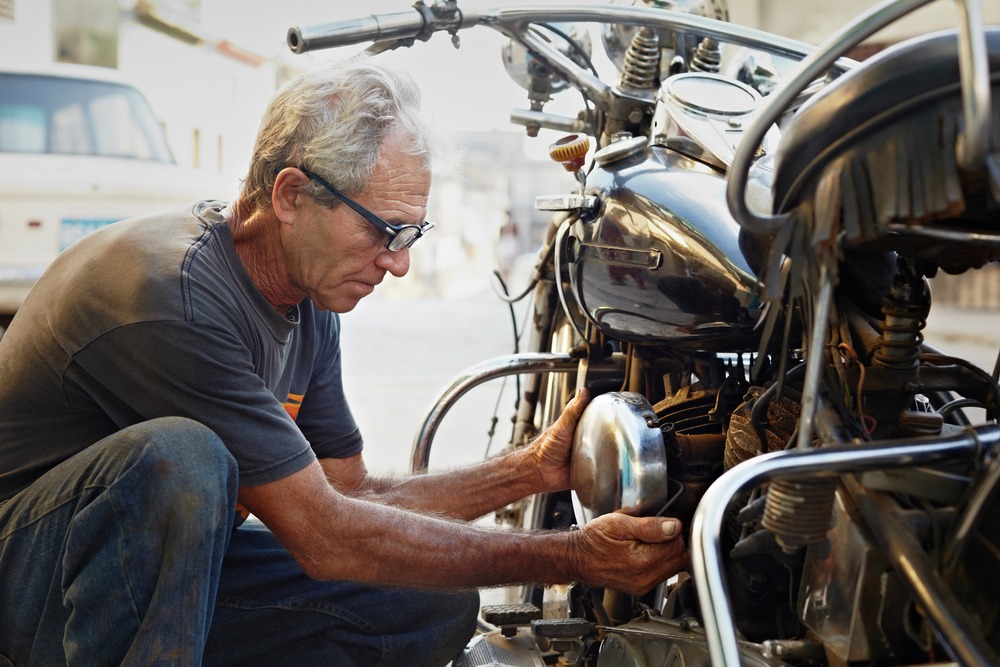
Restoring a vintage motorcycle to its original glory can be a rewarding but costly endeavor. From sourcing authentic parts to labor-intensive refurbishments, restoration projects often cost far more than anticipated. It’s important to consider the price of custom paint jobs, chrome plating, and rebuilding engines or electrical systems. Depending on the condition of the bike and the rarity of parts, restoration costs can spiral into the thousands. If you’re planning to restore multiple motorcycles, it’s essential to have a detailed budget for each project to avoid financial surprises.
Appreciation and Depreciation
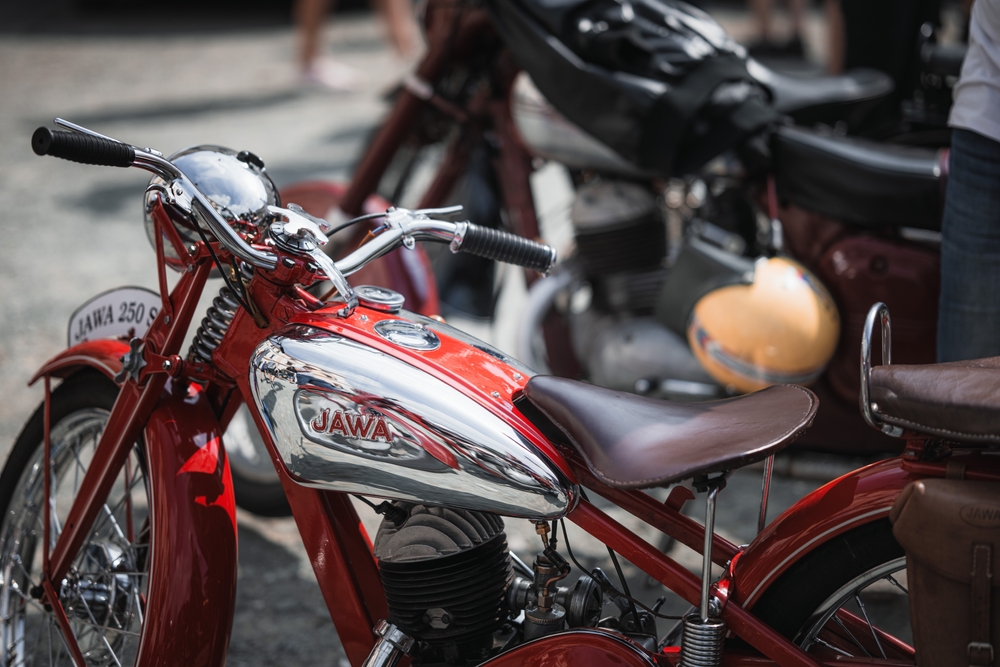
While many collectors view vintage motorcycles as an investment, not all models are appreciated. Some bikes may hold or increase their value over time, but others might depreciate due to changes in market demand or conditions. Predicting which bikes will become more valuable is difficult, and fluctuating trends can affect the worth of your collection. Understanding both appreciation and depreciation is key when evaluating the long-term financial benefits of owning vintage motorcycles. It’s important to research the specific models and their market trajectory before purchasing.
Transportation

Transporting vintage motorcycles requires care and can be costly, especially if you’re attending shows or purchasing bikes from distant locations. Specialized motorcycle transport services are often necessary to ensure the bikes arrive safely without damage. In some cases, you may need enclosed trailers to protect the motorcycles from weather conditions. Additionally, international shipping for rare finds can include hefty import taxes and customs fees. Accounting for transportation costs in your budget is crucial, particularly if you plan to regularly buy, sell, or showcase your collection.
Investment Risks

Investing in vintage motorcycles comes with inherent risks. While some bikes may increase in value, others might not, or worse, they may lose value over time. Market trends can be unpredictable, and a motorcycle you thought would be a valuable investment could become less desirable. Additionally, economic downturns or shifts in collector interests can decrease the market demand for certain models. Understanding the risks involved in collecting is essential for setting realistic expectations and not relying solely on appreciation for financial return.
Insurance

Insurance is a non-negotiable expense when collecting vintage motorcycles. Depending on the rarity, value, and condition of your collection, premiums can be quite high. Specialized insurance policies for vintage vehicles often offer coverage for things like restoration value, theft, and accidental damage. Some collectors also opt for agreed-value policies, where the insurance payout is predetermined based on the motorcycle’s appraised worth. Failure to adequately insure your collection leaves you vulnerable to significant financial loss, so this cost should be factored into your overall budget.
Legal Compliance and Licensing

In some regions, owning and riding vintage motorcycles requires adhering to specific regulations. These might include obtaining special licensing or meeting emission standards that differ from modern motorcycles. You may also need to acquire historical vehicle plates or permits, which come with additional costs. Failing to comply with legal requirements can result in fines or even the impoundment of your motorcycle, so understanding the legal landscape is vital. Keep this hidden cost in mind when purchasing vintage bikes, especially if you plan to ride them.
Parts Availability
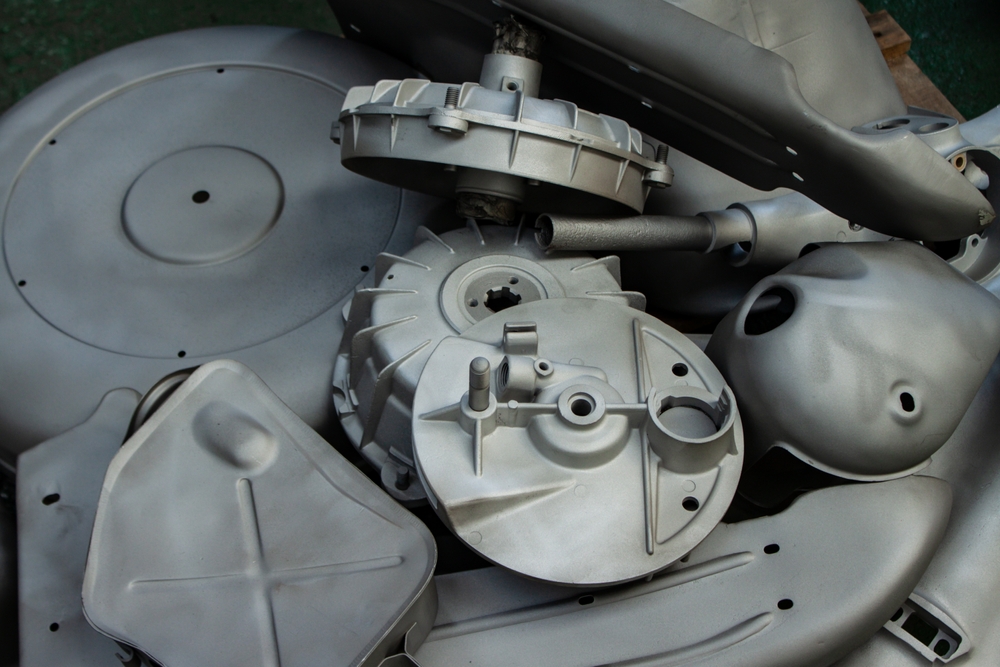
Sourcing parts for vintage motorcycles can be both challenging and expensive. As many manufacturers have discontinued parts for older models, you may need to rely on specialty shops, auctions, or even custom fabrication to find what you need. Rare parts often come with a steep price tag, and waiting times can delay restoration or repairs. Collectors need to be prepared for the financial and logistical hurdles of acquiring parts, especially if the motorcycle is a rare or obscure model.
Club and Event Fees
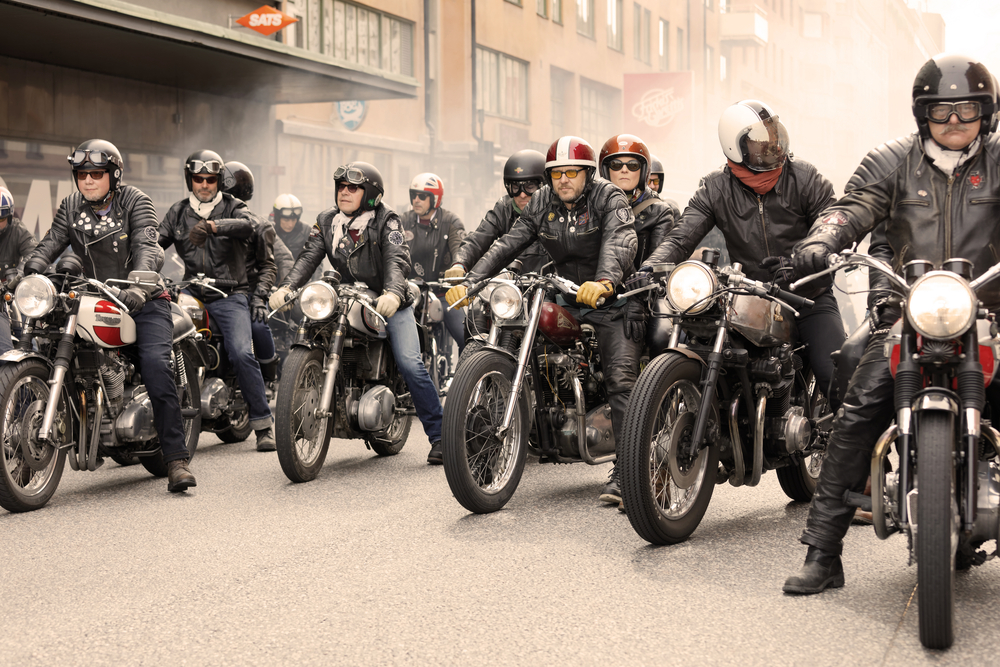
Many vintage motorcycle collectors join enthusiast clubs or participate in motorcycle shows and events. These organizations provide valuable resources and networking opportunities but often come with membership fees, event entry costs, and travel expenses. Some shows may require specific registration fees or preparation costs to display your collection. While these costs are not immediately apparent, they can accumulate over time, especially if you actively engage with the vintage motorcycle community.
This article originally appeared on MyCarMakesNoise.
More from MyCarMakesNoise
11 Classic RVs That Are Ready for a Revival

Exploring the world of vintage RVs reveals a rich tapestry of history, design, and enduring appeal. These vehicles, crafted with an eye for both function and aesthetics, represent a golden age of road travel, characterized by a sense of freedom and adventure that is as compelling today as it was decades ago. Read More.
13 Custom Motorcycle Mistakes That Could Wreck Your Build

Customizing a motorcycle is a thrilling process that allows riders to express their style and enhance performance. However, it’s not without its pitfalls. Read More.
10 Timeless Boats That Remain Favorites

In the ever-evolving world of boating, certain vessels stand the test of time, becoming enduring favorites among enthusiasts and casual sailors alike. These timeless boats, known for their exceptional craftsmanship, innovative design, and lasting value, continue to captivate and inspire generations of boaters. Read More.

